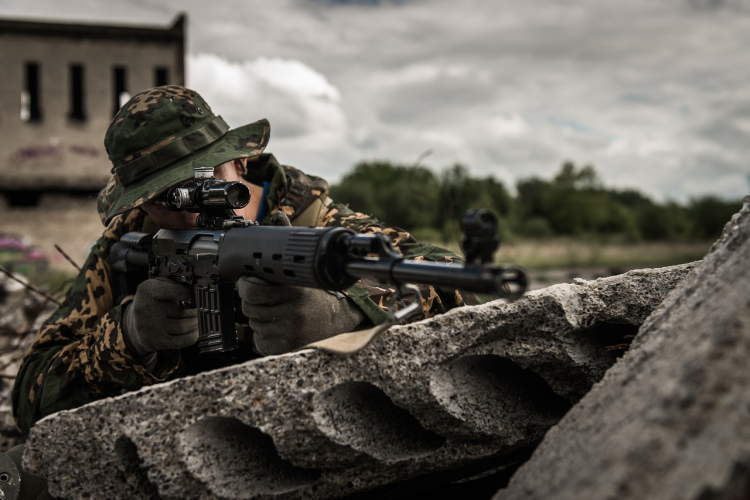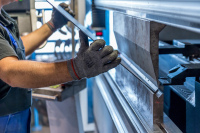The use of such technology aims to reduce the risk for human soldiers and increase the efficiency of operations in challenging combat conditions. General James Rainey, leader of the Army Futures Command, emphasizes that the future army will be so integrated with machines that the human risk will be significantly reduced. However, achieving this requires the creation of a functional network, protection against cyberattacks, and ensuring an appropriate level of autonomy for the systems.The use of such technology aims to reduce the risk for human soldiers and increase the efficiency of operations in challenging combat conditions. General James Rainey, leader of the Army Futures Command, emphasizes that the future army will be so integrated with machines that the human risk will be significantly reduced. However, achieving this requires the creation of a functional network, protection against cyberattacks, and ensuring an appropriate level of autonomy for the systems.
Challenges and Obstacles
The integration of humans with machines on the battlefield is not just a matter of technology but also transforming the processes of acquiring new solutions to keep up with the rapid development of threats and technology. Joseph Welch, director of the Army's C5ISR Center, points out that outdated acquisition processes are one of the main challenges on the path to faster introduction of new technologies into military use. Experiments like Project Convergence are crucial for understanding what works and what requires further development, especially in the context of working in integrated human-machine formations.
A Step Forward in Defense
The fiscal year 2025 budget includes, for the first time, funding for integrated human-machine formations, with the intention of "transferring risk" to machines and providing soldiers with additional information for decision-making. This groundbreaking moment aims to accelerate prototyping and testing new technologies under real conditions. In Project Convergence, over 240 different technologies were used, including robots, sensors, and anti-drone systems, to test their effectiveness in complex combat scenarios. This transformation is a response to increasing threats and the changing battlefield, where quick and effective technology integrations can significantly enhance the safety and efficiency of military operations.






